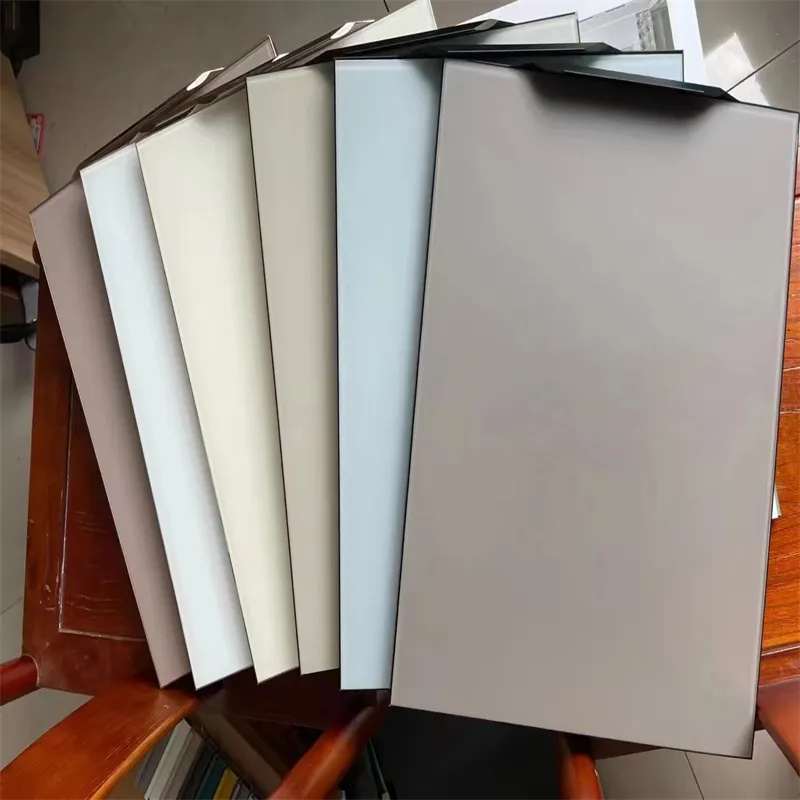Sep . 02, 2024 23:59 Back to list
Tempered Glass Safety Glass - Durable & Secure Solutions
Tempered glass, also known as safety glass, is a type of glass that has been specially treated to enhance its strength and thermal resistance. Through a process of extreme heating and rapid cooling, tempered glass is designed to withstand greater impact and temperature fluctuations compared to standard glass. This unique manufacturing process creates a material that is not only stronger but also safer for various applications.
One of the most significant features of tempered glass is its safety characteristics. When broken, it shatters into small, blunt pieces, significantly reducing the risk of injury. This property makes it an ideal choice for environments where safety is paramount, such as in cars, shower doors, glass doors and tables, as well as glass facades in buildings. In these applications, the reduced risk of sharp edges makes tempered glass a preferred option for designers and architects alike.
In addition to its safety features, tempered glass also offers excellent thermal stability. It can withstand high temperatures and sudden temperature changes, making it suitable for use in applications ranging from oven doors to glass railings exposed to sunlight. This thermal resistance reduces the risk of breakage due to thermal stress, providing durability and reliability in challenging conditions.
tempered glass safety glass

The aesthetic appeal of tempered glass cannot be overlooked. Its clarity and strength allow for sleek, modern designs in both residential and commercial properties. Architects often utilize tempered glass in facades, skylights, and interior partitions to create an open and airy atmosphere while ensuring safety and functionality.
Moreover, tempered glass is environmentally friendly. It is 100% recyclable, and its longevity contributes to reduced waste in construction and renovation projects. As more industries adopt sustainable practices, the demand for tempered glass is expected to grow.
In conclusion, tempered glass stands out as a vital material in contemporary architecture and design due to its strength, safety features, thermal stability, and aesthetic qualities. As technology advances and the focus on safety and sustainability continues to rise, the use of tempered glass in various applications will likely expand, making it an essential element in modern construction and design. Its versatility and performance will continue to shape how we interact with our environments, ensuring safety without compromising style.
-
Safety and Style with Premium Laminated Glass Solutions
NewsJun.24,2025
-
Reinvents Security with Premium Wired Glass
NewsJun.24,2025
-
Premium Float Glass Line for Modern Architecture
NewsJun.24,2025
-
Low Emissivity Glass for Energy-Efficient Architecture
NewsJun.24,2025
-
High-Performance Insulated Glass Solutions for Modern Architecture
NewsJun.24,2025
-
Elevates Interior Style with Premium Silver Mirror
NewsJun.24,2025
Related PRODUCTS














